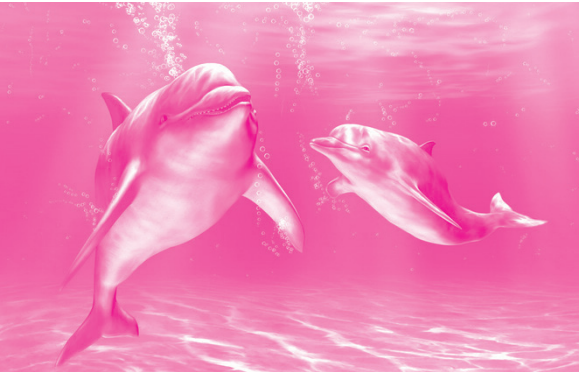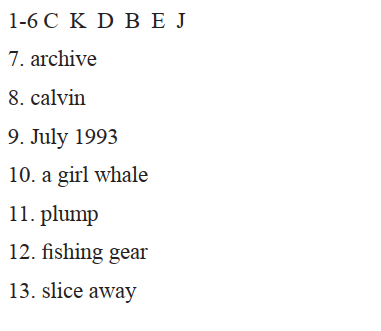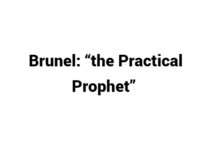Table of Contents
Passage
A They dive 600 feet, brushing their heads along the seafloor with raised, wartlike patches of skin, sometimes swimming upside down, big as sunken galleons, hot-blooded and holding their breath in cold and utter darkness while the greatest tides on Earth surge by. Then they open their cavernous maws to let the currents sweep food straight in. This is one way North Atlantic right whales feed in the Bay of Fundy between Maine, New Brunswick, and Nova Scotia. Or so the experts suspect, having watched the 40-to 80-ton animals surface with mud on their crowns. Mind you, they say, that could result from another activity——one nobody can imagine yet.
B Science calls these animals Eubalaena glacialis, “good, or true, whale of the ice.” Heavy irony is embedded in the common name, right whale, given by whalers who declared them the right whales to kill. Favoring shallow coastal waters, they passed close to ports, swam slowly, and often lingered on the surface. Such traits made them easy to harpoon, and they tended to conveniently float after they died, thanks to their exceptionally thick blubber layer, which whalers rendered into oil. The first of the great whales to be hunted commercially, E. glacialis lit the lamps of the Old World from the Dark Ages through the Renaissance. By the 16th century Europeans had exhausted the eastern North Atlantic population and turned to North America’s coast. There whalers set up stations in Labrador and took 25,000 to 40,000 related bowhead whales along with an unknown number of rights (records seldom distinguished between these two similar looking titans).
C By the time New Englanders got into the right-whale-killing business, they were chasing leftovers. The Yankees hunted down another 5,000 or so, partly because whales became even more prized for their baleen than for oil. Hundreds of strips of this tough yet flexible material, each six to nine feet long and finely fringed, drape from the upper jaw. They form a colossal sieve that allows the giants to strain tiny crustaceans from the water for food—a billion flea-size copepods a day to supply the minimum 400,000 calories an adult whale needs (the ratio of a whale’s body mass to its prey’s is 50 billion to one). Society, however, thought baleen was best used for corset stays, stiffeners in fashionable gowns, umbrella ribs, and (consider: “I’m going to whale on you!”) horsewhips.
D As the 20th century began, the number of whales left in this species was possibly in the low dozens. About 350 to 400 North Atlantic right whales exist today. The survivors migrate along North America’s East Coast between feeding grounds in the Gulf of Maine and wintering sites farther south– roughly 1,400 miles one way for pregnant females that journey to traditional calving areas off Georgia and Florida. They travel through an intensely urban stretch of ocean.

E A research team from Boston’s New England Aquarium spends the summer stationed in Lubec, Maine, studying the whales that gather to feed and socialize in the Bay of Fundy and nearby Roseway Basin, off Nova Scotia’s southern tip. The scientists, who have built an archive of around 390,000 photographs can recognize nearly every whale in the population by its unique callosity pattern (those wartlike patches on their heads), along with scars and other irregularities, and, increasingly, DNA samples. One of their favorites is #2223, first seen in these waters in 1992. It was a baby, and so fond of cavorting around boats that they named it Calvin after the mischief-loving cartoon kid. That same year a fisherman reported a calf circling its dying mother, and when the team recovered the carcass of the female, they identified her as #1223—Delilah, Calvin’s mom. The eight-month-old calf’s prospects looked grim, for it should have been nursing Delilah’s rich, warm milk for several more months.

F In July 1993 researchers poring over fresh photos from the bay found images that looked like a match for Calvin’s baby pictures. Yes! The orphan had somehow made it alone. DNA from a skin sample taken in 1994 showed that curious, hardy Calvin was in fact a girl whale. Fertile adult females are the most valuable segment of the population. They number fewer than a hundred. Calvin seemed on the verge of adding one more to their ranks.
G For three years running, the researchers gauged the young female’s blubber thickness with ultrasound. It’s a tricky operation. “One whale’s reaction jolted the skiff hard enough to send me flying overboard,” Amy Knowlton of the research team recalled. Nevertheless, the researchers found Calvin growing pleasingly plump, a prime measure of health. On New Year’s Eve of 1999, she was recorded for the first time in the Georgia Bight, an expanse of shallow coastal waters off Georgia and Florida, where right whales give birth. In summer of 2000 Calvin was once again in the Bay of Fundy, but this time she was snarled in fishing gear. Unbreakable polyblend ropes wrapped round her body, cut into the skin, and trailed in her wake, slowing her down. Then researchers lost sight of the young female.
H Two to six right whales are found dead in a typical year, at least half of them killed by ship strikes or entanglement. Additional animals simply disappear. Since more than three-quarters of North Atlantic right whales bear scars from encounters with fishing gear, scientists wonder: How many of those missing are weighed down by ropes, nets, or crab and lobster pots for months or even years, the fat reserves that help keep them buoyant dwindling as they starve, fighting harder to reach the surface for each breath, until they finally give in to pain and exhaustion and sink?
I Months dragged by. Someone finally spotted Calvin in Cape Cod Bay during her hobbled journey back south. A disentanglement team from nearby Provincetown, Massachusetts, raced for the site and made two attempts to slice away her bindings. They couldn’t get them all, but when Calvin was seen during 2001, she had worked free of the remnants.
J The corridor traveled by Calvin and the other North Atlantic right whales has grown ever more crowded with fishing activities and busy shipping lanes. Plumes of contaminants flow from river mouths, and the underwater din of ship traffic probably makes it increasingly difficult for the whales to communicate and keep track of one another. Though not as visible as wounds from boat prows and propeller blades or fishing gear webbed around struggling bodies, heavy chemical and noise pollution may take a gradual toll.
K During the 1980s the number of babies born annually was around 12. The total twice fell sharply in the 1990s until just a single calf appeared in 2000. Since then, the average has risen to more than 20 calves a year. Yet this remains 30 percent below the whales’ potential rate of reproduction. Why? If scientists are to guide the species’ salvation, they need more data and more answers. Fast.
Questions
Questions 1-6 The Reading Passage has eleven paragraphs A-K. Which paragraph contains the following information? Write the correct letter A-K, in boxes 1-6 on your answer sheet.
NB you may use any letter more than once
1 A new and more profitable commercial finding about right whales.
2 The change of birth rate.
3 The migratory route of right whales.
4 The reason why right whales are easy to catch.
5 The methods to distinguish each right whale.
6 Right whales’ living environment at present
Questions 7-13 Complete the following summary of the paragraphs of Reading Passage, using no more than THREE words from the Reading Passage for each answer. Write your answers in boxes 7-13 on your answer sheet.
Summary
The scientists have studied right whales by setting up a(n) 7 …………….. . One o f their interests is a whale named 8 …………….. , who lost its mum when it was very young. Scientists were worriedabout the baby whale’s future until it appeared again in 9 …………….. . Later, it was found to be 10 …………….. , being precious in the species. It was quite 11 …………….. , which was a main symbol of health. Unfortunately, in summer of 2000, it was discovered being twisted in 12 …………….. like polyblend ropes, and then disappeared. When it was seen months later, people tried to 13 …………….. parts of ropes wrapping round its body, which were cleared during the next year
Answers



